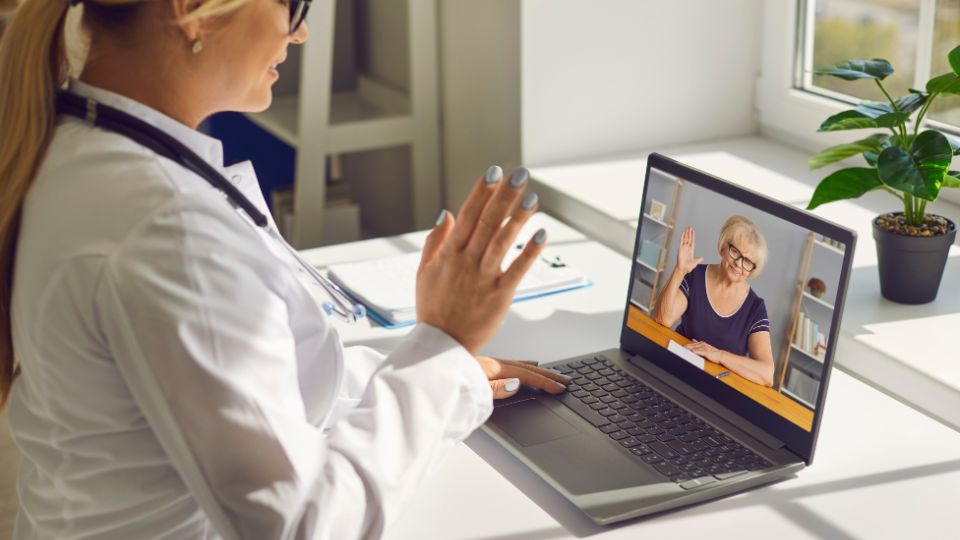The Health Visitor and GP will often perform the baby checks soon after the birth.
Your baby will be undressed so that everything can be easily seen. The nappy is kept on for as long as possible in case of accidents – especially if you are checking a boy!
In my clinical practice, I take the following step-by-step approach to a baby check. I examine the baby from top to bottom systematically, initially with the baby lying on its back:
- Look at the baby’s skin for yellow jaundice tinges, blueness or birthmarks.
- Check the baby’s skull fontanelles (soft spots) to ensure they are not sunken or bulging.
- Look in both ears (they will also have had a baby hearing test).
- Check the eyes for the red reflex, which is the reflection of the torch’s light from the blood vessels at the back of the eyeball.
- Look in the mouth and gently feel for a normal palate.
- Check for a Moro reflex that assesses brain function. I warn the parents about what I am about to do and let the head suddenly drop back into my cradled hand. This will result in the baby flinging their arms outwards and opening their fists, making their eyes widen and they often cry. The arm movement should be symmetrical.
- Feel the chest for the heart beat and then listen to it with the stethoscope.
- Feel the tummy and make sure there are no lumps.
- Remove the nappy and feel the femoral (groin) pulses on both sides and make sure they are beating in unison.
- Check the baby’s hips are normal and in the right place with 2 simple maneuvers.
- Examine the genitalia especially ensuring both testes are described in the scrotum in boys.
- Briefly look at the anus and ask if the baby has passed urine and meconium since birth.
- Replace the nappy and look at the feet and toes for any abnormalities, as well as the fingers and palms.
- I often ask the parent to hold the baby against their chest at this stage so I can easily see the whole of their back, looking for a normal spine with no dimples or hairy birthmarks.
- Listen to their lungs with the stethoscope.
During general handling of the baby the Health Visitor or GP will constantly be assessing the baby’s muscle tone e.g. how floppy or tight they are.
Finally the naked weight, length and head circumference should be measured and written down in the baby’s Red Book (or Personal Child Health Record) so that future measurements can be compared and plotted along the growth chart lines.
At ROC Clinic we offer office consultations as well as a home visiting service for those mums who may find it difficult to come to the office for the baby checks.

